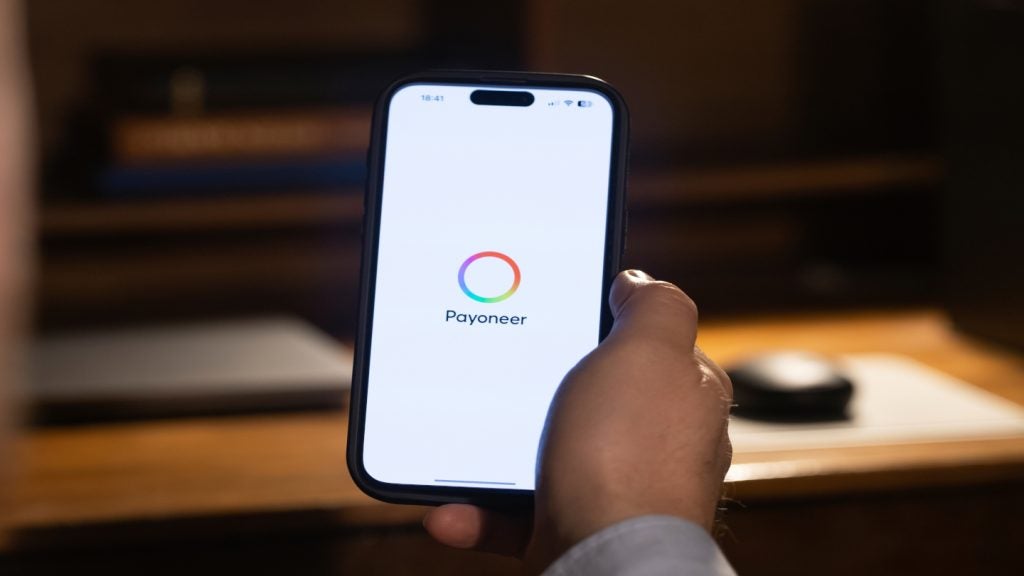Launched in April 2014, Paym is a UK-based payment solution that enables fund transfers between bank customers using mobile phones. However, has this taken the British market by storm? Is the UK populace ready for this? Patrick Brusnahan writes, with help from Timetric’s research
The Payments Council was initially responsible for supporting the launch of Paym, but its running has now been taken up by the Mobile Payments Service Company (MPSCo).
As an addition to the mobile banking apps provided by banks and building societies, transfers using Paym can be made through apps once a user has registered their mobile phone number with their current account. The speed and security of money transfers
using Paym are the same as for online transfers, as Paym uses the Faster Payments infrastructure.
Based on Paym statistics, the service is most widely used by people aged 16-24 years; usage is much less with consumers aged over 45. The proportion of users aged 16-24 has been decreasing systematically since the first figures reported in January 2015.
Male users conduct far more transactions than female users, although the gap is less pronounced when registered users are considered.

As of January 2016, 3.5 million users had registered for Paym. A particularly regular usage scenario is relatives, especially close family members sending money to one another.
Data collected during the first half of 2015 showed that Paym use peaked at lunch and dinner times, with Friday having the highest
frequency of Paym transactions.
Paym usage data shows an increase in weekday transactions between the second half of 2014, when 68.6% of payments occurred during weekdays, and the first half of 2015 when 73.7% of payments happened on weekdays.
A survey carried out by Paym also showed that mobile payments were changing attitudes towards lending. Results showed that 58% of mobile payment service users were willing to share money, as compared to just 15% of all adults.








